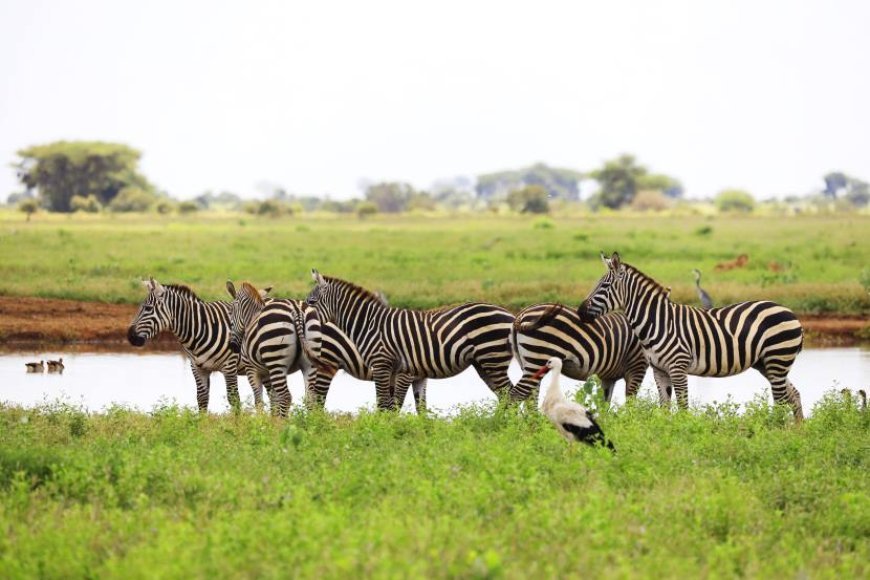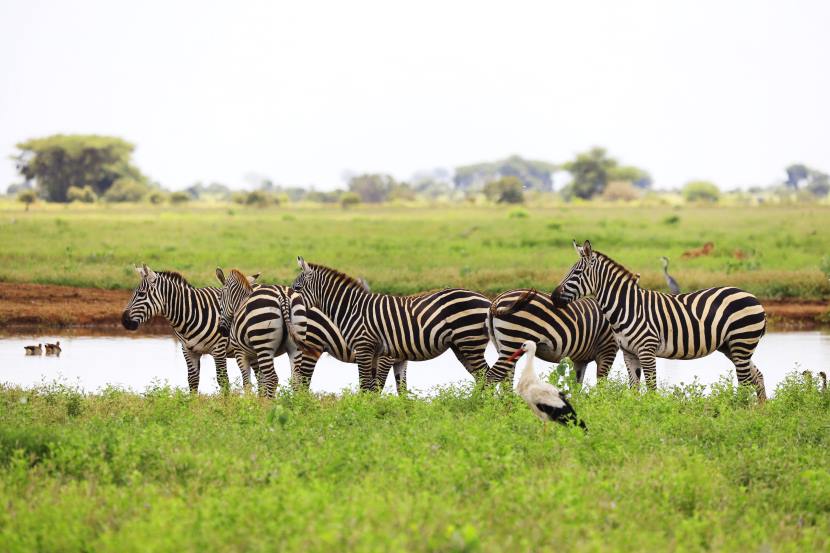Wildlife Translocation Of Zambia: A Game Changer For Tourism And Conservation


To restore protected areas and enhance biodiversity of Zambia, one of the country’s largest wildlife translocations is underway. A total of 1,650 wildebeest and 300 zebra are being relocated from Liuwa Plain National Park to Kafue National Park is a monumental move. This translocation marks a significant step forward in Zambia’s ongoing conservation efforts and is expected to have a profound impact on both the local ecology and the tourism sector. The operation is part of an ecological restoration initiative designed to rehabilitate Zambia’s wildlife habitats, ensuring the preservation of endangered species and promoting sustainable tourism for the future.
A Collaborative Effort for Ecological Restoration
This ambitious project is being carried out by the Zambian Ministry of Tourism, through the Department of National Parks and Wildlife, in collaboration with the Barotse Royal Establishment and the African Parks Network. The initiative is not just about moving animals; it is a carefully planned effort that involves ecologists, veterinarians, wildlife experts, and other conservation professionals. Their primary goal is to minimize stress for the animals while ensuring their safety throughout the translocation process.
The operation will also involve the reintroduction of 50 Lichtenstein’s hartebeest to Liuwa Plain from the Mulobezi Game Management Area. This reciprocal translocation aims to restore herbivore diversity in Liuwa Plain, which has been without the species for over 30 years. The move is expected to strengthen the overall ecological integrity of the area, contributing to the resilience of the park’s ecosystem.
The Role of African Parks in Zambia’s Conservation Efforts
African Parks, a non-profit organization dedicated to managing national parks across Africa, has been instrumental in conservation efforts at Liuwa Plain National Park. Over the past two decades, the organization has overseen a remarkable recovery of wildlife populations in the area, including the successful reintroduction of the Kafue lechwe to Kafue National Park in June 2024. This work has helped to restore balance to the ecosystems of these protected areas, paving the way for this latest translocation initiative.
The translocation of wildebeest and zebra to Kafue National Park is expected to further support these ongoing efforts, helping to diversify wildlife populations and improve the overall health of the park’s ecosystems. This move will also serve as a crucial step in addressing the long-term sustainability of Zambia’s wildlife reserves.
The Impact of Wildlife Translocation on Tourism
Tourism is one of the key sectors that will be positively impacted by this translocation. Zambia’s national parks, known for their rich biodiversity and scenic beauty, have long been a draw for nature lovers and adventure tourists. However, the relocation of large herbivores such as wildebeest and zebra to Kafue National Park will likely attract even more visitors, boosting the park’s profile as a leading wildlife destination.
With the population of these iconic species set to grow in Kafue, tourists will have more opportunities to experience the magic of Zambia’s wilderness. The increased presence of wildlife species, alongside other conservation efforts, is expected to attract both local and international travelers. As Kafue National Park is already one of Zambia’s most popular parks, known for its vast landscapes and wildlife-rich environments, the addition of these animals will further cement its status as a premier safari destination.
Strengthening Ecotourism in Zambia
The translocation of wildlife to Kafue National Park aligns with Zambia’s broader goal of promoting ecotourism. Ecotourism has become increasingly important in many African countries, including Zambia, as a means to both conserve wildlife and generate income for local communities. By investing in wildlife restoration and translocation programs, Zambia is fostering a more sustainable tourism model that benefits the environment and the local economy.
The expected influx of tourists to Kafue National Park will create new opportunities for local businesses, including tour operators, hospitality services, and transport providers. This, in turn, will stimulate the economy and provide jobs for local communities. Moreover, the economic benefits of tourism will help to fund further conservation projects, ensuring the long-term preservation of Zambia’s natural heritage.
A Vision for the Future of Zambia’s Wildlife Conservation
This wildlife translocation is part of a larger vision for Zambia’s conservation future. The Department of National Parks and Wildlife, in partnership with African Parks and other stakeholders, aims to continue its efforts to restore and protect Zambia’s ecosystems for future generations. By strengthening wildlife populations and improving biodiversity, the country is positioning itself as a leader in sustainable tourism and conservation in Africa.
The success of this project could set a precedent for similar wildlife restoration initiatives across the continent, helping to further raise awareness of the importance of wildlife conservation in the tourism industry. The impact of these efforts will not only be felt in Zambia but could also inspire other African nations to follow suit in protecting their natural resources.
Conclusion: A Bright Future for Zambia’s Tourism
The translocation of 1,650 wildebeest and 300 zebra to Kafue National Park marks a significant milestone in Zambia’s ongoing efforts to enhance its wildlife conservation programs and boost its tourism sector. By focusing on ecological restoration, Zambia is not only ensuring the future of its unique wildlife but also strengthening its reputation as a top ecotourism destination in Africa. The expected growth in wildlife populations, coupled with the country’s commitment to sustainable tourism, offers a promising future for Zambia’s national parks and the communities that rely on them.
As the translocation operation progresses, both local and international travelers are likely to benefit from the increased wildlife diversity and improved ecological health of national parks located in Zambia. This will contribute to the country’s broader goals of economic growth, conservation, and sustainable tourism development.
The post Wildlife Translocation Of Zambia: A Game Changer For Tourism And Conservation appeared first on Travel And Tour World.






